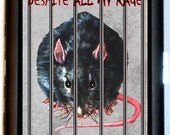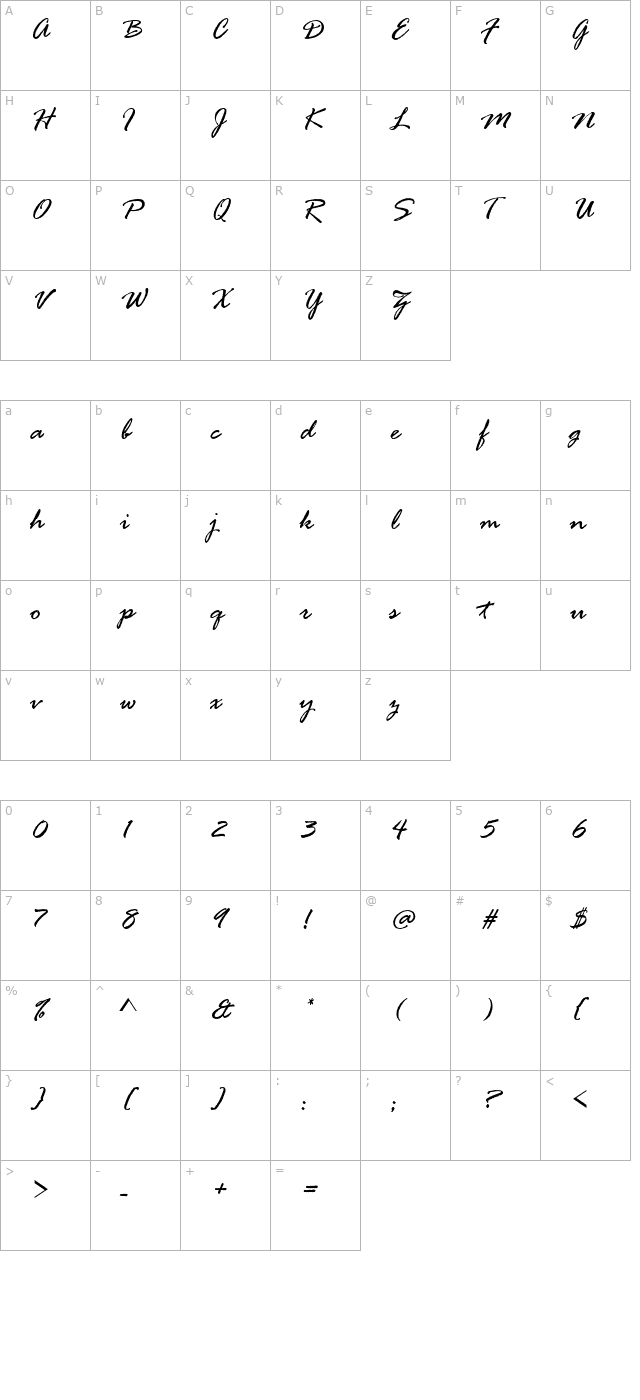

A proper level of circulating sRAGE may serve to balance RAGE signaling, and parry tissue inflammation resultant from signaling events. Recent epidemiological studies have associated a low level of circulating sRAGE with various subclinical pathologies, highlighting the physiological significance of generating and maintaining proper sRAGE level.

This feature renders sRAGE to function as a decoy that binds ligands and reduces the inflammatory signaling capacity of its membrane-bound counterpart. RAGE and sRAGE share the entire extracellular portion encompassing the V, C1 and C2 immunoglobulin-like domains. In addition to the full-length receptor, RAGEFL, one identified isoform of RAGE is its soluble form, sRAGE, which lacks the trans-membrane domain and is secreted to the extracellular milieu. Signaling of RAGE has been implicated in multiple aging-associated human diseases including cardiovascular diseases, diabetes, and neuropathy. The receptor for advanced glycation end products (RAGE) is a multi-ligand, pattern recognition receptor that belongs to the immunoglobulin super-family. The funders had no role in study design, data collection and analysis, decision to publish, or preparation of the manuscript.Ĭompeting interests: The authors have declared that no competing interests exist. The work is made available under the Creative Commons CC0 public domain dedication.ĭata Availability: All relevant data are within the paper and its Supporting Information files.įunding: This work was supported by the intramural research program of the National Institute on Aging, NIH.
#Rodent rage fot free
This is an open access article, free of all copyright, and may be freely reproduced, distributed, transmitted, modified, built upon, or otherwise used by anyone for any lawful purpose. Received: DecemAccepted: MaPublished: September 21, 2016 PLoS ONE 11(9):Įditor: Tohru Fukai, University of Illinois at Chicago, UNITED STATES These observations provide valuable information regarding RAGE biology, and serve as a reference by which to create mouse models relating to human diseases.Ĭitation: Peng Y, Horwitz N, Lakatta EG, Lin L (2016) Mouse RAGE Variant 4 Is a Dominant Membrane Receptor that Does Not Shed to Generate Soluble RAGE. Although hRAGE, like mRAGEFL, also localizes to the plasma membrane and the endosome, its rate of constitutive shedding is significantly lower.

Compared to mice, humans do not have the v4 transcript. These very different cellular localization patterns suggest that, in addition to their roles in sRAGE production, mRAGEFL and mRAGEV4 may play distinct, spatiotemporal roles in signaling and innate immune responses. In addition, we found that while mRAGEFL can localize to both the plasma membrane and the endosome, mRAGEV4 is exclusively localized to the plasma membrane.

While mRAGEFL undergoes constitutive, extensive shedding in the cell to generate sRAGE, mRAGEV4 hardly sheds. Although differing in only nine residues, mRAGEFL and mRAGEV4 display very different cellular behaviors. We therefore characterized mRAGEV4 isoreceptor in comparison with the full-length mRAGE (mRAGEFL). Profiling of murine Ager transcripts showed that variant transcript 4 (mRAGE_v4), the second most abundant transcript in lungs and multiple other tissues, encodes a receptor that lacks nine residues located within the C2 extracellular section close to the trans-membrane domain. Except for the soluble isoform (esRAGE), the majority of putative RAGE isoforms remain unstudied. Recent studies have demonstrated that both human and murine Ager genes undergo extensive alternative splicing that generates multiple putative transcripts encoding different receptor isoforms. The receptor for advanced glycation end products (RAGE) is a multi-ligand, immunoglobulin-like receptor that has been implicated in aging-associated diseases.


 0 kommentar(er)
0 kommentar(er)
